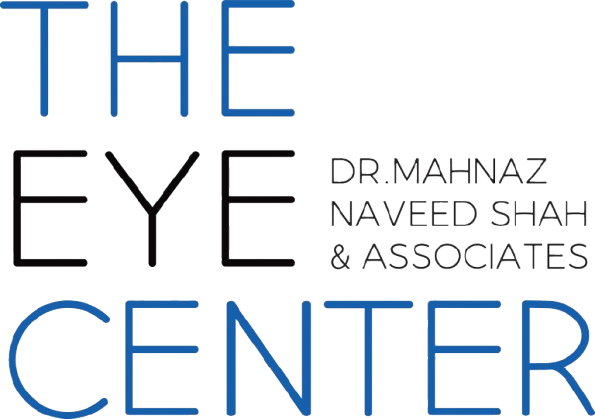The ocular arteries are a critical component of the vascular system in the eye, supplying blood to the eye and its various structures. Specifically, the ocular carotid arteries are branches of the internal carotid artery that supply the orbit, and the retina.
The ocular carotid arteries originate from the internal carotid artery, which is a major artery that supplies blood to the brain. The internal carotid artery enters the skull through the carotid canal and branches into several arteries that supply various structures of the face, head, and neck, including the eyes.
The ocular carotid arteries arise from the internal carotid artery and enter the orbit via the optic canal. The arteries then branch into smaller arteries that supply the various structures of the eye, including the retina, choroid, and sclera.
The retina is the innermost layer of the eye and is responsible for detecting light and transmitting visual information to the brain. The retinal arteries are branches of the central retinal artery, which is a branch of the ocular carotid artery. The retinal arteries supply oxygen and nutrients to the retina, and their blockage can lead to vision loss or blindness.
The choroid is the vascular layer of the eye located between the retina and sclera. The choroidal arteries are branches of the short posterior ciliary arteries, which are also branches of the ocular carotid arteries. The choroidal arteries supply oxygen and nutrients to the choroid, which in turn supplies the outer layers of the retina.
The sclera is the white outer layer of the eye that provides structural support and protection for the inner structures of the eye. The scleral arteries are branches of the anterior ciliary arteries, which are also branches of the ocular carotid arteries. The scleral arteries supply oxygen and nutrients to the sclera.
In addition to supplying oxygen and nutrients, the ocular carotid arteries also play a crucial role in regulating intraocular pressure (IOP). IOP is the fluid pressure inside the eye and is important for maintaining the shape of the eye and the function of the various structures within it. The ocular carotid arteries contribute to IOP regulation by controlling blood flow to the eye.
Diseases affecting the ocular carotid arteries can lead to vision loss and blindness. Atherosclerosis, a condition in which plaque builds up inside the arteries, can lead to narrowing of the ocular carotid arteries, reducing blood flow to the eye. This can lead to ischemia, or insufficient blood supply, which can damage the retina and other structures in the eye. Other conditions that can affect the ocular carotid arteries include vasculitis, an inflammation of the blood vessels, and embolism, a blockage of the blood vessels by a blood clot or other foreign object.
In summary, the ocular carotid arteries are a critical component of the vascular system in the eye, supplying blood to the retina, choroid, sclera, and other structures. Diseases affecting the ocular carotid arteries can have serious consequences for vision and overall eye health. Understanding the anatomy and function of the ocular carotid arteries is essential for the diagnosis and treatment of these conditions.
At The Eye Center- Dr. Mahnaz Naveed Shah & Associates our team of eight ophthalmology subspecialists/ eye specialists, eye surgeons who are considered amongst the very best eye specialists in Karachi and in Pakistan, have the diagnostic and treatment capabilities to treat from the simplest to the most complex patients. We work hard to provide our patients with the best possible medical and surgical eye care, in a state of the art purpose built eye care facility. We offer the entire array of medical, laser and surgical treatments to help provide patients the best possible care in the most efficient, safe and ethical manner.
If you need an appointment, please contact us at 03041119544 during our working hours or leave us a WhatsApp message at +923028291799 and someone will connect with you. Walk-in appointments are also available for emergencies. We can also be reached through our web portal on www.surgicaleyecenter.org

